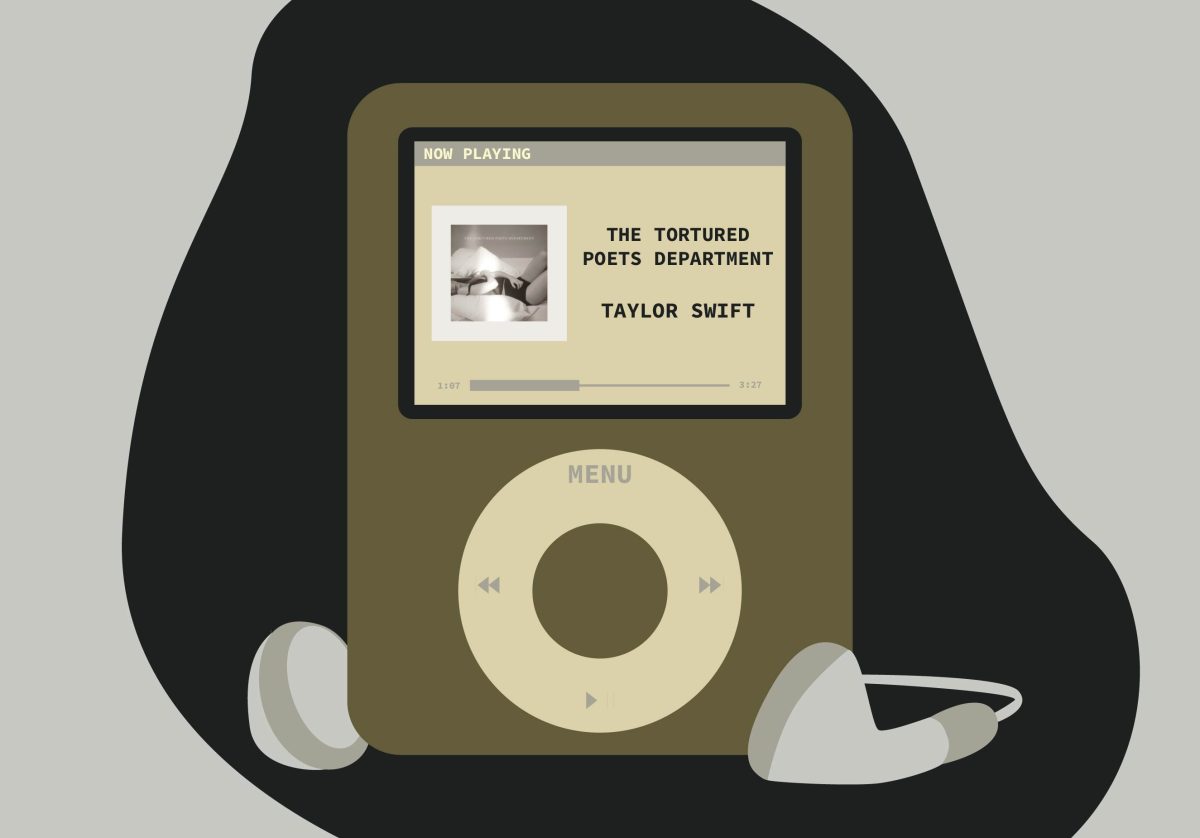When fair Minneapolis was the home of flour power, its papa was the Pillsbury doughboy.
Mill City, as Minneapolis was known, was the world’s largest flour producer between 1880 and 1930.
Thanks to the Minnesota Historical Society’s Mill City Museum, the old milling district has become the site of historical commemoration and revision.
The abandoned Washburn A Mill, resting on the Mississippi River’s banks like the hull of a battleship, represents Minneapolis’ crucial ties with the world and 19th-century globalization. Yet the Mill City Museum glosses over these crucial aspects of the flour empire in favor of historical schmaltz.
Housed in the original mill’s limestone skeleton, the Mill City Museum provides visitors with granules of information on various aspects of milling, the flour industry and its products.
Visitors learn about St. Anthony Falls, Minneapolis’ nurturing life source. Without it, the lumber and milling industries could not have harnessed the river’s power, and the city would have remained just another frontier trading post.
The machines used in the flour milling process are displayed in all their antiquity with innumerable sprockets, gadgets and belts.
Old television commercials invoke brand names synonymous with the milling district’s enriched past: Wheaties, Bisquick, Malt-O-Meal and, of course, Betty Crocker, the false face that launched a million bake-offs.
The museum has a certain charm. You’d never think that the processes of degerminating wheat could be so engaging.
But pitted with these factual kernels, visitors will also find weeping violins playing over factory workers’ personal recounting of the industry’s glory days.
Bleary-eyed and nostalgic, visitors are led to assume that the educational value of this museum is patriotism alone. This is how Minneapolis’ industry transformed the world.
So, where’s the rest of the world?
Except for a few obscure sentences and some paintings, the Dakota and Ojibwe tribes that were swindled out of their land in the 1830s aren’t given any attention in this flour-white history of the region.
How did milling pollution and human hydroengineering exploit and alter the mighty Mississippi? No one will learn the answers from this museum.
The immigrants who created the infrastructure for the flour empire (and Minneapolis) aren’t forgotten – they just aren’t mentioned in detail. Wouldn’t it be interesting to know the labor conditions of those workers?
But the biggest travesty is the lack of information on the flour empire’s early role in industrial globalization. The impact of the flour industry on global economies and cultures (especially Third World economies) is barely mentioned except in a paragraph or two.
A single sentence about General Mill’s failed “joint ventures,” which took milling overseas to Venezuela and Guatemala, sounds like a good start for some substantial history. Too bad it isn’t followed up.
Anyone interested in sniffing out General Mill’s role in global economies today will have to do their own research.
The Mill City Museum’s tendency to bleach historical perspectives seems more like a marketing campaign from Minneapolis city boosters than a historical and educational experience.
True, the Minnesota Historical Society will publish many scholarly books and in-depth articles on the subjects mentioned above. But so what? Many visitors won’t see beyond the spectacle and glitz of the riverfront district, with its pricey loft apartments and gritty sandstone charm. And before the flour dust settles, they will forget that history must encompass both the heroic and the criminal to be accurate.
















